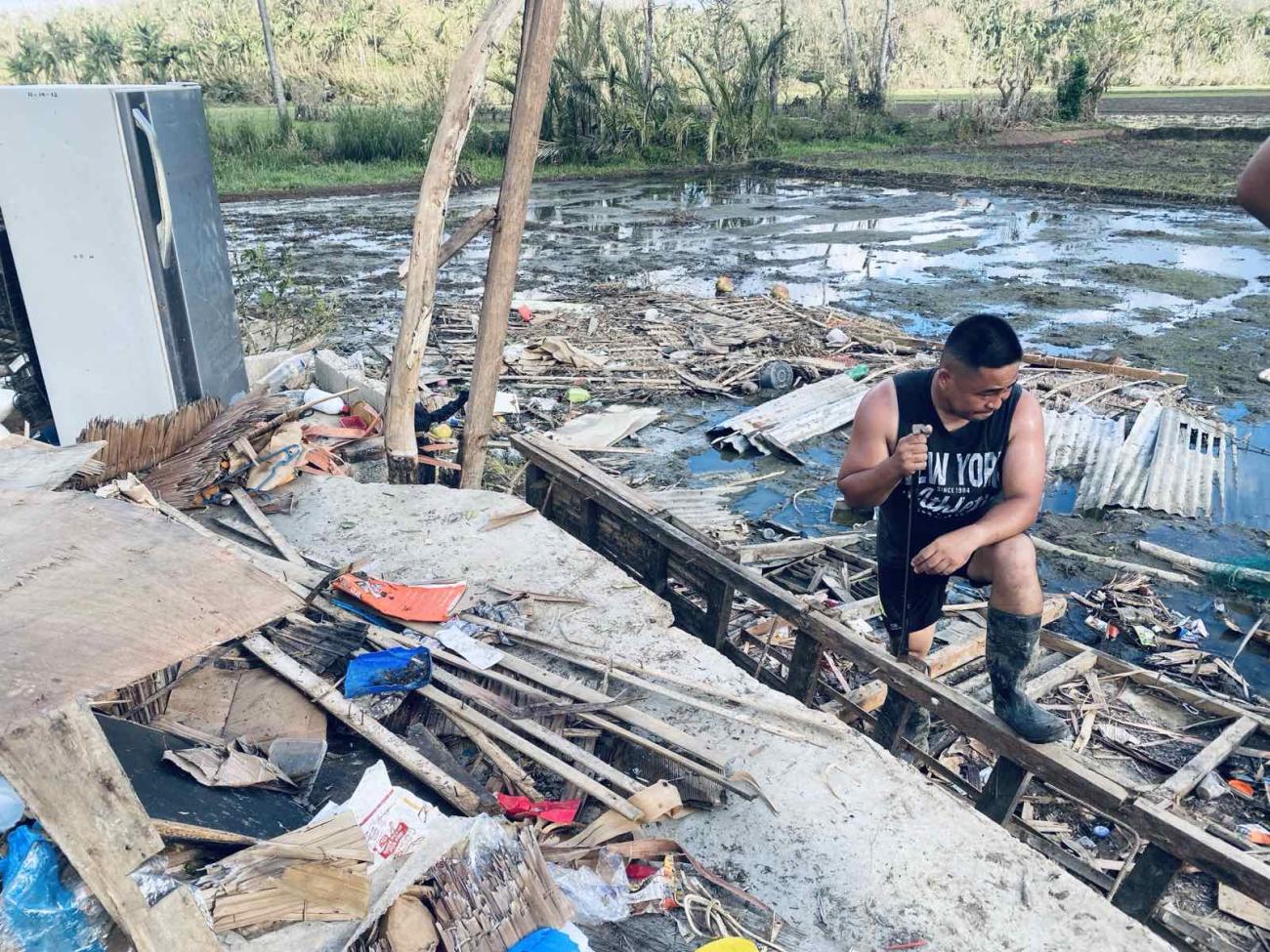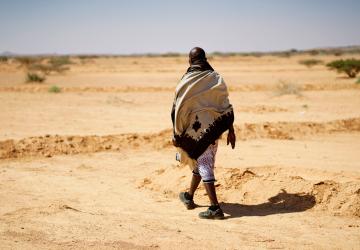Time for solidarity: Typhoon relief efforts in the Philippines

Every year, an average of 20 tropical cyclones develop around the Philippines, making it one of the most frequently and severely disaster-affected countries in the world. However, this year’s typhoon season has been exceptionally brutal and has wreaked havoc – making response funding available to the Humanitarian Country Team, and national and local authorities, inadequate. Given the extraordinary situation, we seek US$ 32.9 million to support the 210,000 most vulnerable people out of 892,000 people in need of immediate assistance.
The country has faced six typhoons in just a month, bringing torrential rains and winds with speeds up to 185 km/h. Furthermore, the typhoons traversed the same path and impacted the same communities repeatedly. The country has not faced such a challenging typhoon season since 1951!
Fifteen provinces are the worst affected, with some people displaced at least three times already. More than 5.9 million people have been affected repeatedly, with 2.6 million displaced and in need of immediate assistance. Early reports indicate at least 200,000 damaged and over 21,000 destroyed houses. Without immediate response, living conditions will continue to deteriorate, vulnerabilities will increase, and even more will be displaced.
I am writing this from Catanduanes, the province where the latest storm, Super Typhoon Man-yi (locally known as Pepito), first made landfall. While all is quiet now, during and in the immediate aftermath of the storm, debris littered the streets. Trees were uprooted or snapped in half. Hundreds of houses and other structures, especially those along the coast, were flattened or lost their roofs to the gale-force winds. Over 70,000 people were forced to evacuate.
Under the leadership of the national government and local authorities, aid for affected communities has been dispatched to typhoon-affected areas here and in other provinces, located mostly in eastern and northern Philippines.
The Philippines Humanitarian Country Team, which I chair, has already consolidated typhoon assessment reports and prepared the Humanitarian Needs and Priorities (HNP) Plan, covering the period from November 2024 to January 2025, to pinpoint critical gaps and rally assistance for areas most heavily impacted by the series of typhoons.
We are targeting to help 210,000 of the most vulnerable people, which will require approximately US$ 32.9 million.
The United Nations Central Emergency Response Fund (CERF) will soon release $3.5 million in humanitarian funds to provide a much-needed infusion of resources for the response efforts of the United Nations Children’s Fund (UNICEF), the International Organization for Migration (IOM), the World Food Programme (WFP), the Food and Agriculture Organization of the United Nations (FAO) and the UN Population Fund (UNFPA).
However, CERF funds will not be enough. Further support from resource partners will be critical to rapidly mobilize assistance for government institutions at national, regional and local levels. This includes assistance for rescue and relief operations, as well as post-disaster recovery and rehabilitation.

Scope of damage
Over 10 million people were affected by recent storms. Many of them require assistance to rebuild their damaged or destroyed homes and recover their livelihoods, especially those engaged in agricultural work.
Philippine President Ferdinand “Bongbong” Marcos Jr. announced on 19 November that the country’s “biggest problem” in the wake of this series of typhoons is the damage dealt to the agriculture sector, estimated to be in the billions of pesos.
Here in Catanduanes, for example, the agricultural damage represents a significant economic loss. The province is considered the center of abaca or Manila hemp production, contributing 35 percent of the country’s total supply. The Philippines supplies the vast majority—roughly 87.5 percent—of the world’s abaca fiber requirements. The industry has generated average annual revenues of US$ 97.1 million over the last 10 years.
Anticipatory action was initiated by FAO prior to the arrival of the Super Typhoon Man-yi, but the extent of damage to farmlands is severe and far exceeding resources made available to date.
Support from resource partners will go a long way towards maintaining and enhancing initiatives already in place to recover and build local resilience for preventing shocks. This will help affected populations recover more quickly.

Long-term solutions
Much has been and is being done to address the needs of typhoon-affected communities and boost preparedness and anticipatory measures. The Philippines, with the support of the UN and development partners, has made strides to enhance its resilience and develop and adapt its infrastructure, but the progress is outpaced by the rapidly worsening impact of climate change.
And we are not just watching out for typhoons. As I make this call for funding support for disaster response, I recall making a similar appeal in April, not for storm-hit communities, but for areas facing severe drought.
This is the reality the Philippines and the rest of the world must now confront: climate change is increasing the number and intensity of extreme weather events. For a country that is already considered the most disaster-prone among 193 nations assessed in the World Risk Index, this troubling trend in climate conditions will be devastating. Disasters have already cost US$ 23 billion in damage since 1990; by 2030, climate change-related disasters are estimated to cost the Philippines over 7% of its GDP.
The national government is already taking steps towards addressing climate change and mitigating its impacts: among the country’s pledges during the Conference of the Parties (COP) to the United Nations Framework Convention on Climate Change are the reduction of emissions by 75 percent by 2030 and increasing the share of renewable energy to 50 percent by 2040.
Notably, the Philippines is also the pioneer host of the UN’s Board of the Loss and Damage Fund, formally signing the Host Country Agreement just last week during COP29 in Azerbaijan. As host, the country can use its extensive experience in managing and responding to disasters to ensure efficient and equitable use of the Fund, which has US$ 702 million in pledges as of September 2024.
While not much can be done about the country’s geographic location, which contributes to its susceptibility to disasters, the Philippine government’s strong climate leadership and disaster risk reduction initiatives can help mitigate the impact of extreme events like typhoons, drought, and even volcanic eruptions.
We in the international community can sustain and uplift these efforts with our financial and technical resources to ensure that the Filipino people’s incredible resilience is not tested year in, year out. Rather, we must work together to build a safer, more inclusive, and sustainable world, to prevent storms and other climate events from becoming even bigger threats to our collective future.
This blog was written by the Resident and Humanitarian Coordinator in the Philippines Gustavo Gonzalez. Read more coordination results from the Philippines.











